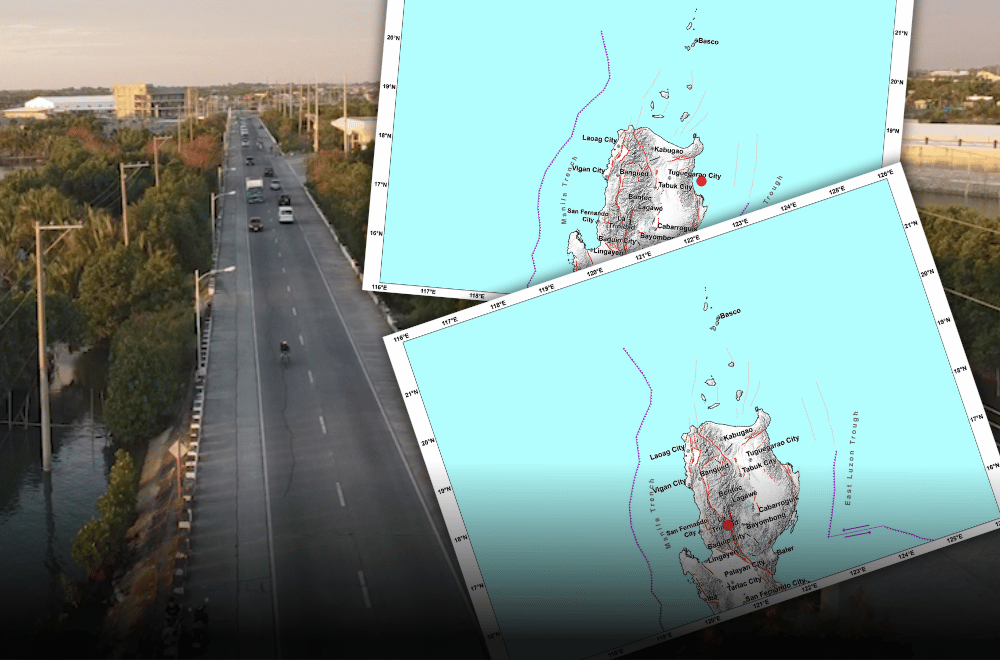More than three decades after the terrifying Magnitude 7.8 earthquake that struck North and Central Luzon, some residents still recall the fear and trauma of July 16, 1990.
The quake devastated 23 provinces, collapsing buildings, bridges, and claiming over 1,000 lives.
Dagupan City was among the hardest hit areas during the catastrophe.
“Inakyat ko yung [puno ng] mangga, dahan-dahang natumba yung [puno ng] mangga, [parang] gripo [na] umiikot. Ang nakakatakot talaga yung aftershock, sunod- sunod yun, minu-minuto yun, yun ang nakakatakot… taon din bago ako nakarekober nun,” Nilo Aquino, a survivor, said.
“Siyempre ang lakas ng lindol… hinahanap ko yung anak ko. Wala namang hindi matatakot doon,” Jose Mauricio, another survivor, said.
In Baguio City, the Office of Civil Defense conducted a ritual or 'Canao' to honor the peace of ancestors, especially in the entire Cordillera region, coinciding with the 34th commemoration of the so-called 1990 Killer Quake.
Meanwhile, on July 15, a Magnitude 4.5 earthquake shook parts of Benguet, Nueva Vizcaya, Ilocos Sur, and Mountain Province around 10 p.m.. The epicenter was in Kabayan reportedly, which was felt twice.
On July 16, a magnitude 4.8 earthquake was recorded in Maconacon, Isabela, at around 7 a.m. The quakes were felt in parts of the province, but no aftershocks were reported.
The quakes did not cause any damage.



